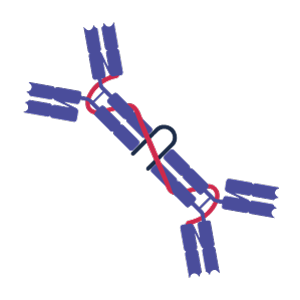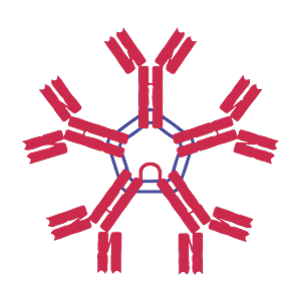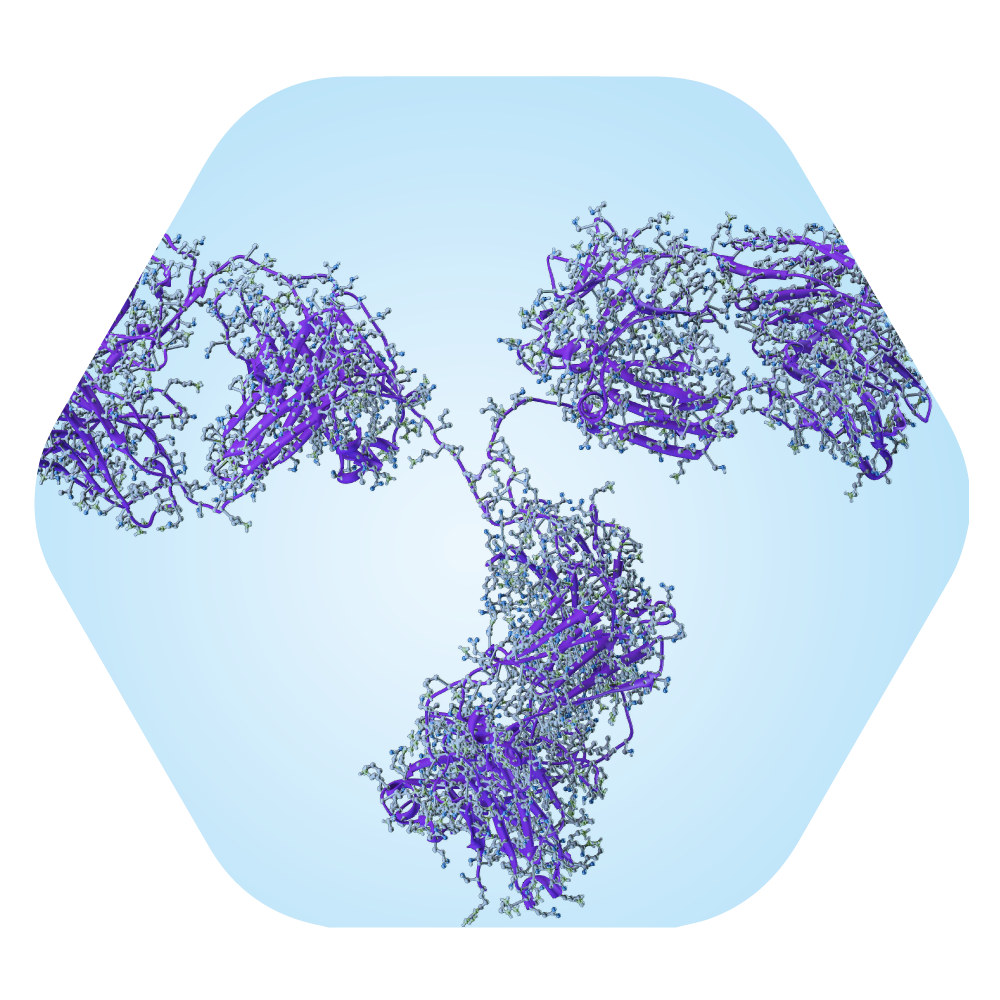Antibody isotypes activate distinct effector mechanisms
An antibody’s isotype determines the role it plays in the immune response. Having visibility into antibody isotypes and subtypes can provide valuable insight into patient immune status and higher-level disease mechanisms and etiologies.
The heavy chain of the Ab determines its isotype and the role it plays in the immune response. Antibodies can direct the functional immune response in several ways – by neutralization, opsonization, complement mediated cytotoxicity, target cell degranulation and intracellular activation of antiviral responses and pyroptosis. In addition, different antibody isotypes can bind to the Fc receptors on specific cells, either inhibiting or enhancing effector function.
Being able to determine the isotype of a given autoantibody can provide clues to not only what the immune system recognizes but also how it is responding to it.





